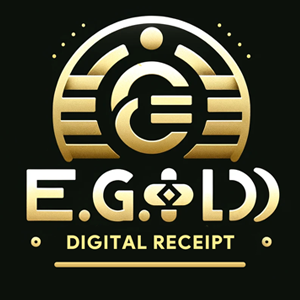Gold has always been a symbol of wealth and security, and 1/4 ounce of gold is a popular choice among investors. It offers an affordable way to own gold while maintaining high liquidity and value. Whether you’re considering a 1/4 oz gold coin or a quarter-ounce gold bar, understanding the price, benefits, and best buying strategies is crucial. In this guide, we’ll explore everything you need to know about investing in 1/4 ounce of gold in 2025.
What is 1/4 Ounce of Gold?
A 1/4 ounce of gold equals 7.775 grams and is available in both coins and bars. Many top mints and refineries produce 1/4 oz gold bullion, making it a widely accepted and easily tradable asset.
Popular 1/4 Ounce Gold Coins
Many government and private mints produce 1/4 oz gold coins, ensuring high purity and authenticity. Some of the most well-known include:
- 1/4 oz American Gold Eagle – Produced by the U.S. Mint, contains 22K gold (91.67% purity).
- 1/4 oz Canadian Gold Maple Leaf – Minted by the Royal Canadian Mint, contains 99.99% pure gold.
- 1/4 oz British Gold Britannia – Issued by The Royal Mint, 24K gold with advanced security features.
- 1/4 oz Australian Gold Kangaroo – Produced by the Perth Mint, features changing designs each year.
- 1/4 oz South African Gold Krugerrand – One of the most famous gold coins, made of 22K gold.
Popular 1/4 Ounce Gold Bars
For those who prefer gold bars, leading refiners such as:
- PAMP Suisse
- Valcambi Suisse
- Credit Suisse
- Perth Mint
- Royal Canadian Mint
produce 1/4 oz gold bars with 99.99% purity, often sealed in tamper-proof assay packaging.
1/4 Ounce of Gold Price in 2025
Gold prices fluctuate daily due to market conditions, global demand, and economic factors. The price of 1/4 ounce of gold depends on:
- Gold spot price per ounce
- Minting and production costs
- Dealer premiums
- Market supply and demand
To estimate the price of 1/4 oz gold, use this simple formula:
Gold spot price per ounce ÷ 4 + Premium = Final Price
For example, if gold is $2,400 per ounce, the base value of a 1/4 oz gold coin or bar would be $600, before adding dealer premiums.
Why Invest in 1/4 Ounce of Gold?
1. Affordable & Accessible
Buying 1/4 ounce of gold is more budget-friendly than larger gold bars while still providing significant value.
2. High Liquidity & Resale Value
Smaller gold units are easier to sell, trade, or use for transactions when needed.
3. Portfolio Diversification
Gold acts as a hedge against inflation and economic instability, making it a crucial asset in investment portfolios.
4. Secure Wealth Storage
Gold has no counterparty risk and maintains its value over time, unlike paper assets.
5. Ideal for Gifting & Collecting
A 1/4 oz gold coin makes for a valuable and timeless gift.
Where to Buy 1/4 Ounce of Gold?
When purchasing 1/4 oz gold, always buy from trusted sources to avoid counterfeit or impure gold.
1. Authorized Bullion Dealers
Reputable dealers provide authentic gold with certification, ensuring quality and security.
2. Banks & Financial Institutions
Some banks offer gold coins and bars, but prices may be higher due to additional fees.
3. Online Gold Marketplaces
Websites like EE.GOLD, JM Bullion, APMEX, and BullionVault allow secure online gold purchases.
4. Local Gold Shops & Jewelers
Physical stores allow for in-person inspection but may charge higher premiums.
How to Verify the Authenticity of 1/4 Ounce of Gold
To ensure you’re buying real gold, check for:
- Official mint stamps & serial numbers
- 99.99% purity markings (or 91.67% for American Eagles)
- Tamper-proof packaging and assay certificate
- Magnet Test – Gold is non-magnetic, so real gold should not be attracted to a magnet
- Size & Weight Check – Verify with a digital scale
Best Ways to Store Your 1/4 Ounce Gold
Proper storage keeps your gold secure and protected from damage or theft.
1. Home Safe Storage
- Use a high-quality, fireproof safe to store your gold securely.
2. Bank Safe Deposit Box
- A secure bank locker ensures extra protection but comes with storage fees.
3. Professional Vaulting Services
- Companies like Brinks, Loomis, or third-party vaulting services offer insured storage options.
How to Sell 1/4 Ounce of Gold for Maximum Profit
When selling your 1/4 oz gold, follow these steps:
- Check Current Gold Prices – Sell when gold prices are at a peak.
- Compare Offers – Get quotes from different buyers to ensure a fair price.
- Choose a Reputable Buyer – Sell to bullion dealers, banks, or online gold marketplaces.
- Verify Payment Methods – Use secure payment options to avoid scams.
- Understand Tax Implications – Some regions may have capital gains tax on gold sales.
FAQs About 1/4 Ounce of Gold
1. How much is 1/4 ounce of gold worth today?
Gold prices change daily, so check live market rates for the most accurate price.
2. Is a 1/4 ounce gold coin or bar better?
Both are excellent investments. Coins have collector value and legal tender status, while bars often have lower premiums.
3. Where can I sell my 1/4 ounce of gold?
Sell to gold dealers, banks, online platforms, or coin shops.
4. How do I store my 1/4 oz gold safely?
Use a safe deposit box, home safe, or professional vaulting service.
5. What is the purity of a 1/4 ounce gold coin?
Most are 99.99% pure (24K), except for American Gold Eagles (22K).
6. Can I buy 1/4 ounce of gold with cryptocurrency?
Yes, platforms like EE.GOLD accept Bitcoin and other cryptocurrencies for gold purchases.
7. Is now a good time to buy gold?
Gold remains a safe investment, and buying in 2025 can help protect against market volatility.
Buying 1/4 ounce of gold in 2025 is a great way to diversify assets, protect wealth, and invest in a time-tested precious metal. Always buy from reputable sources, verify authenticity, and store it securely for long-term financial security.
Final Thoughts on Buying 1/4 Ounce of Gold in 2025
A 1/4 ounce of gold is an excellent choice for investors and collectors looking for a balanced mix of affordability, liquidity, and long-term value. Whether you’re buying a 1/4 oz gold coin or a gold bar, this weight category offers flexibility while still holding significant investment potential.
Key Reasons to Invest in 1/4 Ounce of Gold
- Affordable Entry Point – Smaller investment compared to 1 oz bars but still valuable.
- Easy to Buy & Sell – Highly liquid in the global gold market.
- Diversifies Investment Portfolio – Protects wealth from inflation and economic instability.
- Tangible & Secure Asset – No counterparty risk, unlike stocks or paper assets.
- Perfect for Gifting & Collecting – Beautifully designed coins make great gifts and collector's items.
If you're considering purchasing 1/4 ounce of gold, always ensure that you:
- Buy from trusted sources to avoid counterfeit products.
- Compare gold prices to get the best deal.
- Store it securely to protect your investment.
With gold prices expected to remain strong in 2025, now is a great time to add 1/4 ounce of gold to your portfolio. Whether you are a new investor or a seasoned gold buyer, this weight offers an excellent balance between affordability and value retention, making it a smart and strategic investment choice.
NOTE
This Content is the copyrighted content of EE.GOLD. All rights are reserved. You are welcome to share or use our content only by including direct links to our website. Any other form of reproduction, distribution, or use without proper attribution is strictly prohibited.
This Content is intended solely for educational purposes. The information provided does not constitute financial or investment advice.
Please note that Digital Storage Receipt, Secure Storage Solutions, and Physical Gold Sales are the only services offered by EE.GOLD.
We strictly adhere to government regulations and are firmly against all illegal financial or investment activities globally.
For further inquiries, feel free to contact us through our official channels.

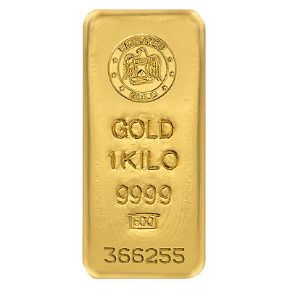
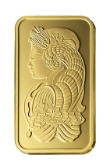
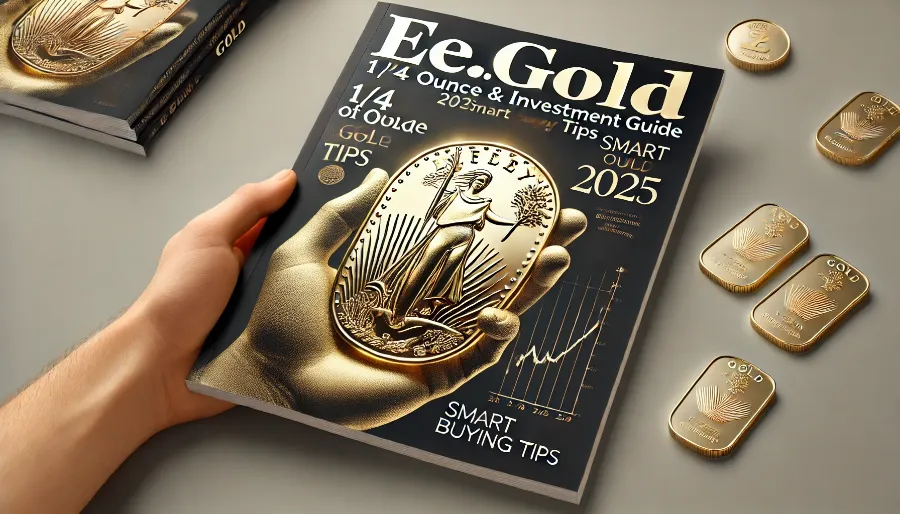
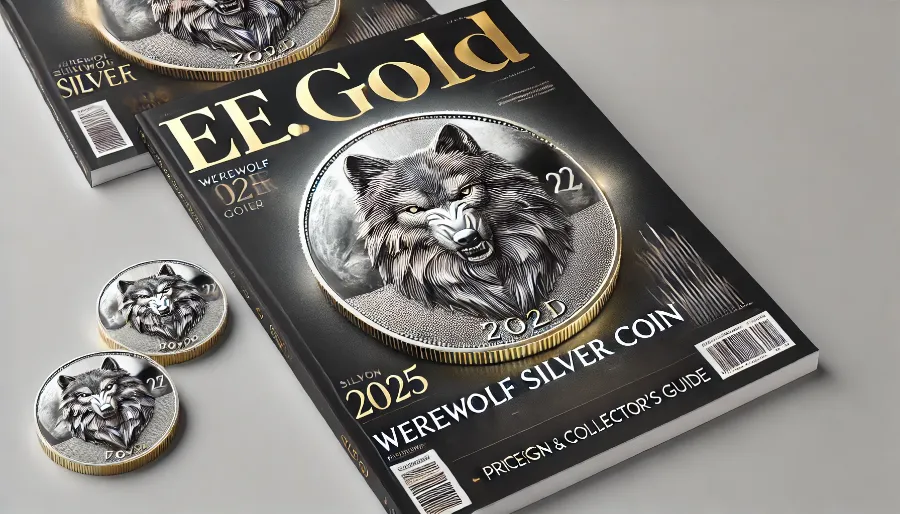
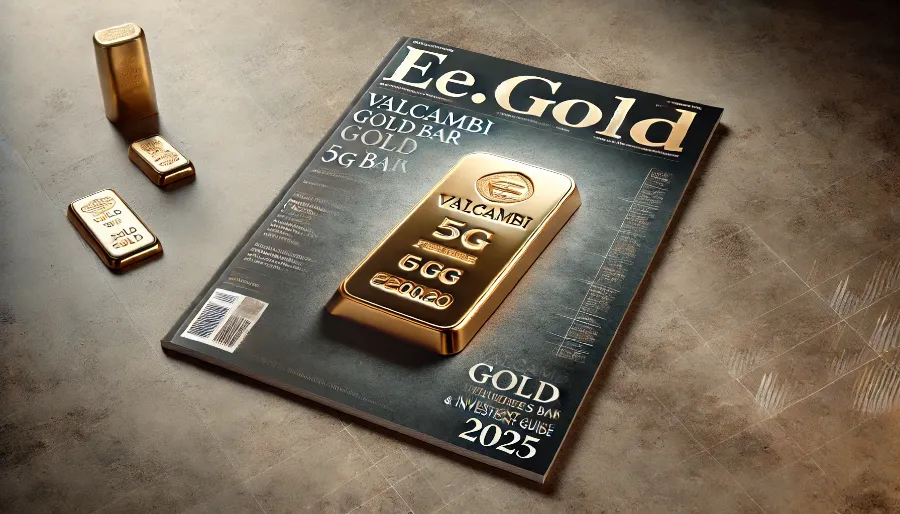

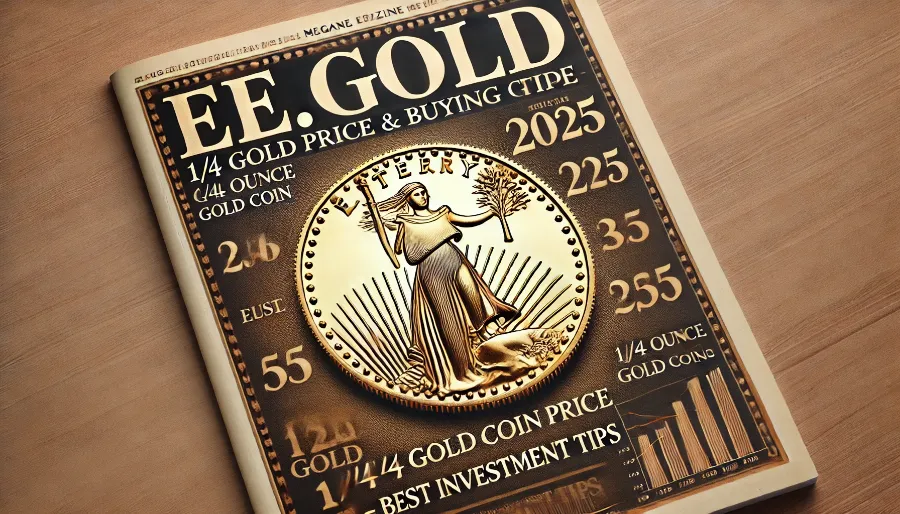

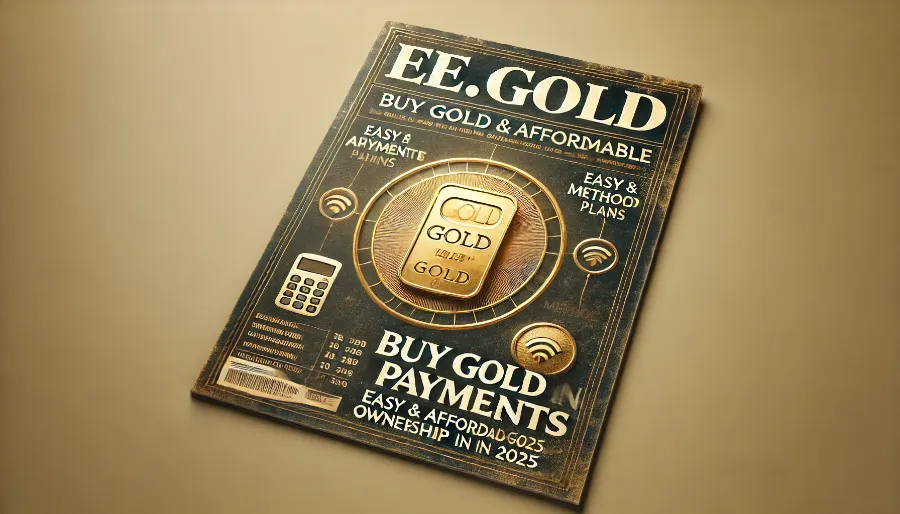
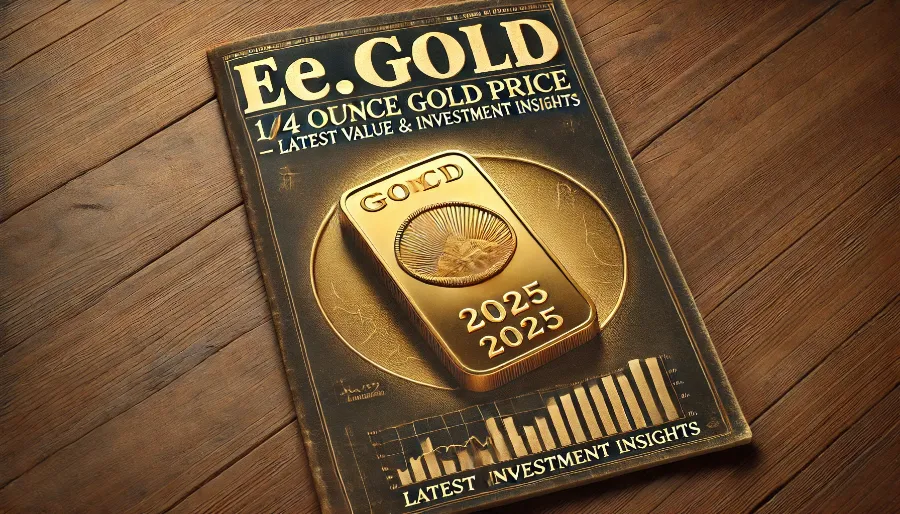






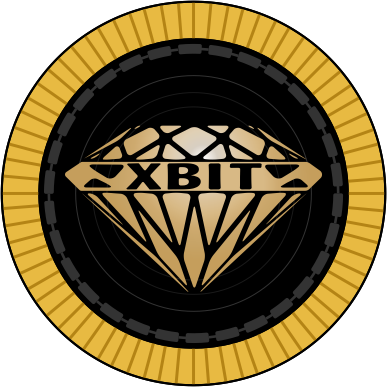


.png)

